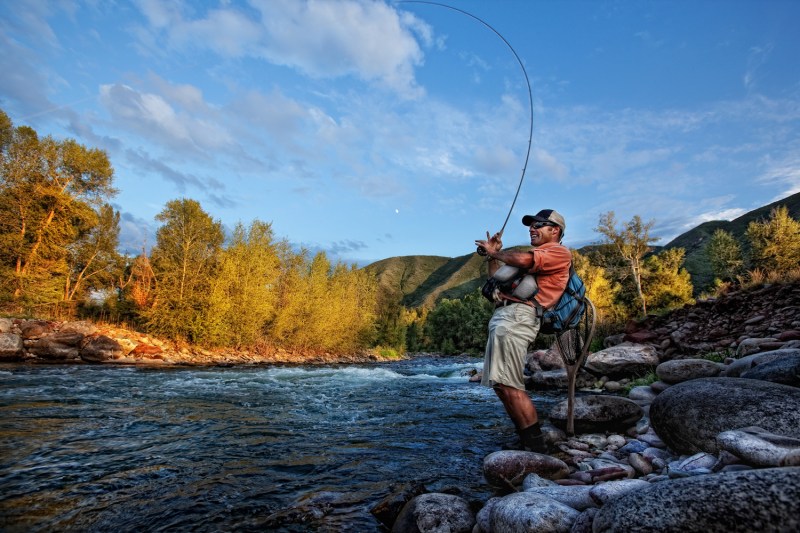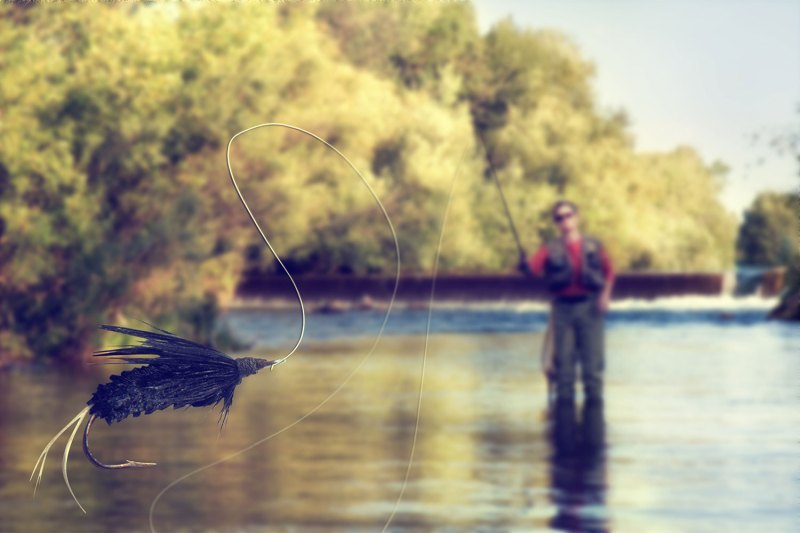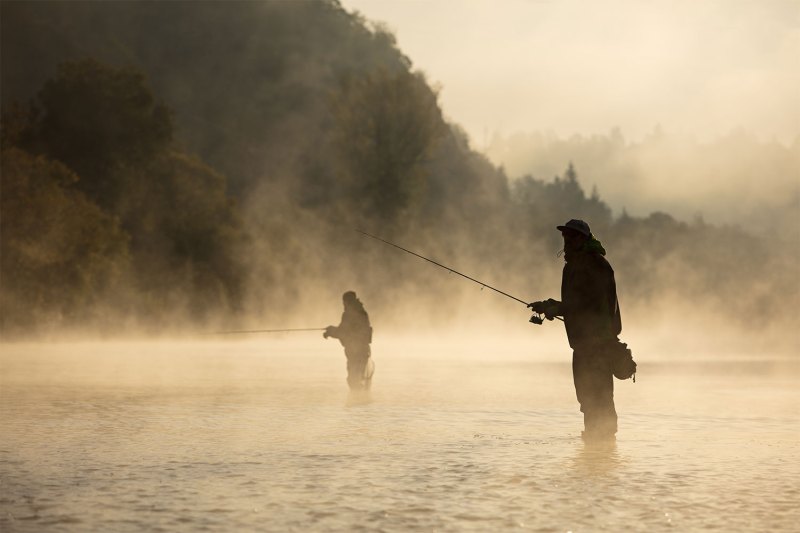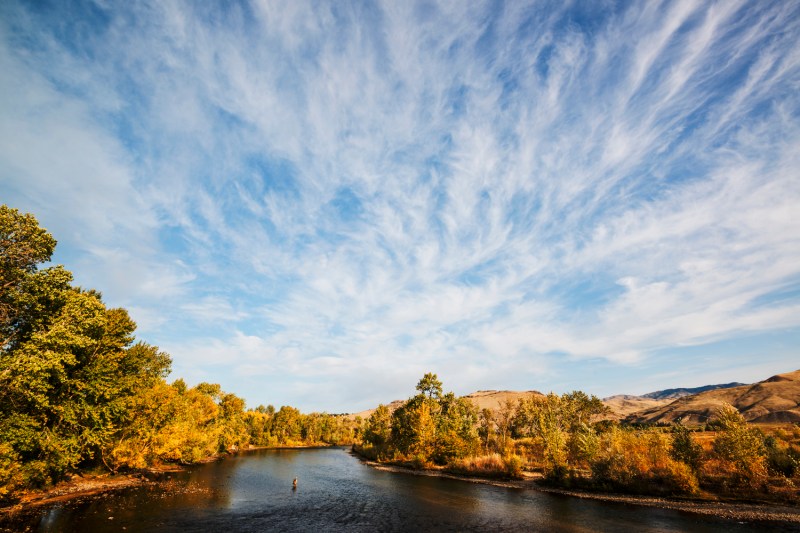
As spring dawns upon us, there’s no doubt that this season is the best time to engage in rejuvenating outdoor activities like fly-fishing. Why? In the world of fly-fishing, the season is correlated with increased trout presence, bug hatches, and the gradual warming of rivers, helping you score several trout in a blink of an eye. Although fly fishing is a fun and fulfilling hobby, do bear in mind that it is grounded on a framework of peace and quiet, especially when it comes to respecting the environment and every other fly fisher’s personal space (or “bubble”).
Related Guides
Certain insect hatches or famous stretches of river draw larger crowds than others but for the most part, there’s an unwritten rule that a rather large personal bubble will be preserved while on the water, rod in hand. If we adopt some of the tenets of fly-fishing, we may just be able to protect many of them and ensure that all who visit can truly enjoy the riches of Mother Nature.
The Bubble

The vast majority of those who fly-fish are looking for a state of mind in addition to some trout. It’s a feeling that can only come in places where Mother Nature is the main character. In other words, people are secondary, at most. In fact, they just get in the way.
Common courtesy within the sport says to recognize the bubbles of others and make sure they don’t pop. It’s the best way to make sure everybody enjoys and benefits from being on the lake, creek, or freestone river. Somebody’s already in the water? Leave them a good 100 yards of space—make them feel like they’re alone even when they’re not. Is somebody moving your way along the riverbank? Leapfrog them and leave plenty of space in the other direction. Been fishing a spot for a while now? Move along and let others have a whack.
The Community

For a community built around exaggerated stories and tall tales, there are a lot of truths, too. It’s a realm with many approaches, from the Euro-casting nymph fishers to the salmon hunters with spey rods. Those with homemade bamboo rods and those who would never be caught without a graphite pole. It’s a community of constant conversation around secret spots, fly patterns, and advice, unfolding in chat rooms, forums, and backyards all over the place.
The sport is undeniably expensive to begin with, what with specialized equipment, license fees, and travel. But there are organizations and outfitters working to make fly-fishing more accessible, enlarging the community via inclusivity (and making it a decidedly less white-dude sport, which it is, but that’s changing). Many states offer free weekends as well, for those who can’t afford a license.
As someone who’s fished for more than two decades, I can confidently say you need little more than the cheapest rod and reel on the market and just a couple of choice fly patterns to have a ball. Some of my best days involved little more than wet-wading in old sneakers and a bag full of PB & J’s. It doesn’t have to take place in a distant National Park. It can be enjoyed in your hometown river or at a park, casting to a frisbee or paper plate to fine-tune your skills.
Respect

Respect here runs deeper than the obvious respect for others, as we’ve already touched on. It’s also about respect for the environment. That can equate from everything from treading lightly and packing out all of your goods to adhering to fishing regulation catch limits. Ideally, it will manifest into supporting organizations and movements that push to preserve these sacred places.
The respect for others is also layered. No two souls enjoy the outdoors in exactly the same way. Make sure all have equal access to that enjoyment by leveling the playing field. That means, limit your noise pollution so all can take in the sound of birdsong and rushing water. Turn your phone off or just use it for the occasional photo in silent mode. Leave the music at home. Maybe opt to drive to the river in your quieter sedan instead of your Harley. Respect that this is an escape from clutter and noise for most. And respect that people will choose to do much more than just fly-fishing in these great places, such as hiking, backpacking, mountain biking, writing, jogging, foraging, etc.
All told, the major tenets of the sport are directly applicable to life in quarantine. Granted, it seems a little less so in big municipalities where protecting the six-foot bubble is more challenging. Use the sport to better your social distancing at home, even if only mentally. And if this kind of important selflessness needs some refreshing and you’re able, grab a fly-rod and practice as you enjoy some water and wildlife.


